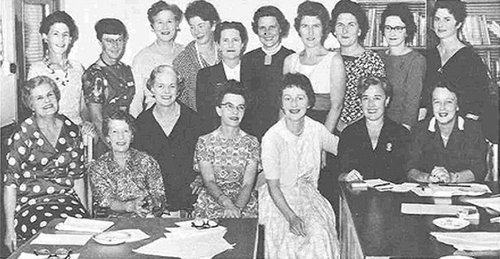
By Sarah Johnston (Ngā Taonga Sound & Vision)
Talkback radio has long been cornerstone of late night commercial broadcasting. It can be a familiar voice for lonely shift workers and insomniacs, an outlet for people with strong opinions of all kinds or just a friendly ear for anyone wanting a chat.
Talkback radio began very modestly in October 1965, on the commercial network stations of the New Zealand Broadcasting Corporation (one of the predecessors to Radio New Zealand). It was part of what had been known as The Women’s Hour. This was a slot every weekday afternoon around 2pm, which featured a local female host presenting topics thought to be of particular interest to female listeners. This programming had begun back in the 1940s and by the 1960s stations in the main centres and over a dozen regional towns –including Timaru, Nelson, Whangarei, Napier and Invercargill – all had their own local Women’s Hour host. While its focus was very heavily on domestic issues such as sharing recipes and home hints, the slot also featured studio guests, visiting celebrities, book reviews, radio dramas and the vital local advertising aimed at female shoppers.
Hero image: New Zealand Broadcasting Corporation's “Women’s Hour” (Ngā Taonga Sound & Vision Documentation Collection – RNZ Photographic Collection)
Jessica Weddell – excerpt from Directions 70 – Jessica Weddell, National Radio, 9 August 1994.
In Masterton in the mid–1960s the Women’s Hour host was the redoubtable Jessica Weddell, who was just starting out in radio, but who would later move to Wellington where she would become the Kim Hill or Kathryn Ryan of her day, as a national current affairs interviewer. In an interview later in her career, she explained how she was a talkback “guinea pig” and the first to trial this revolutionary idea of allowing listeners to call the studio.

“Women’s Hour” personalities in 1960, with Doreen Kelso of 2ZB Wellington, seated second from right. (Ngā Taonga Sound & Vision Documentation Collection – RNZ Photographic Collection)
The trial in Masterton was a success and it was decided to roll out Telephone Time nationwide. However, Jessica Weddell was one of several women broadcasters who felt by 1965 that the Women’s Hour slot had had its day and needed a revamp. So it was relaunched nationwide as Person-to-Person, reflecting the fact that men were listening in as well. Listeners were given clear instructions on how to call the station and reminded that the main focus of the calls was still domestic life – religion and politics could not be discussed!
In our much-more security conscious times it is interesting to note that 1965 callers were happy to give their full names, location and telephone numbers over the air – and also that other listeners were also encouraged to call them direct to offer advice and hints.
The above recording is an excerpt from the first episode of the new format, from station 2ZB in Wellington, hosted by Doreen Kelso – with the new slot called Telephone Time, talkback had arrived!
Listen to more from Sarah Johnston about the roots of talkback, as she talks with Jon Bridges on RNZ’s Jesse Mulligan programme.
Audio from Ngā Taonga Sound & Vision Radio Collection, all rights reserved. To enquire about re-use of these items please contact us.